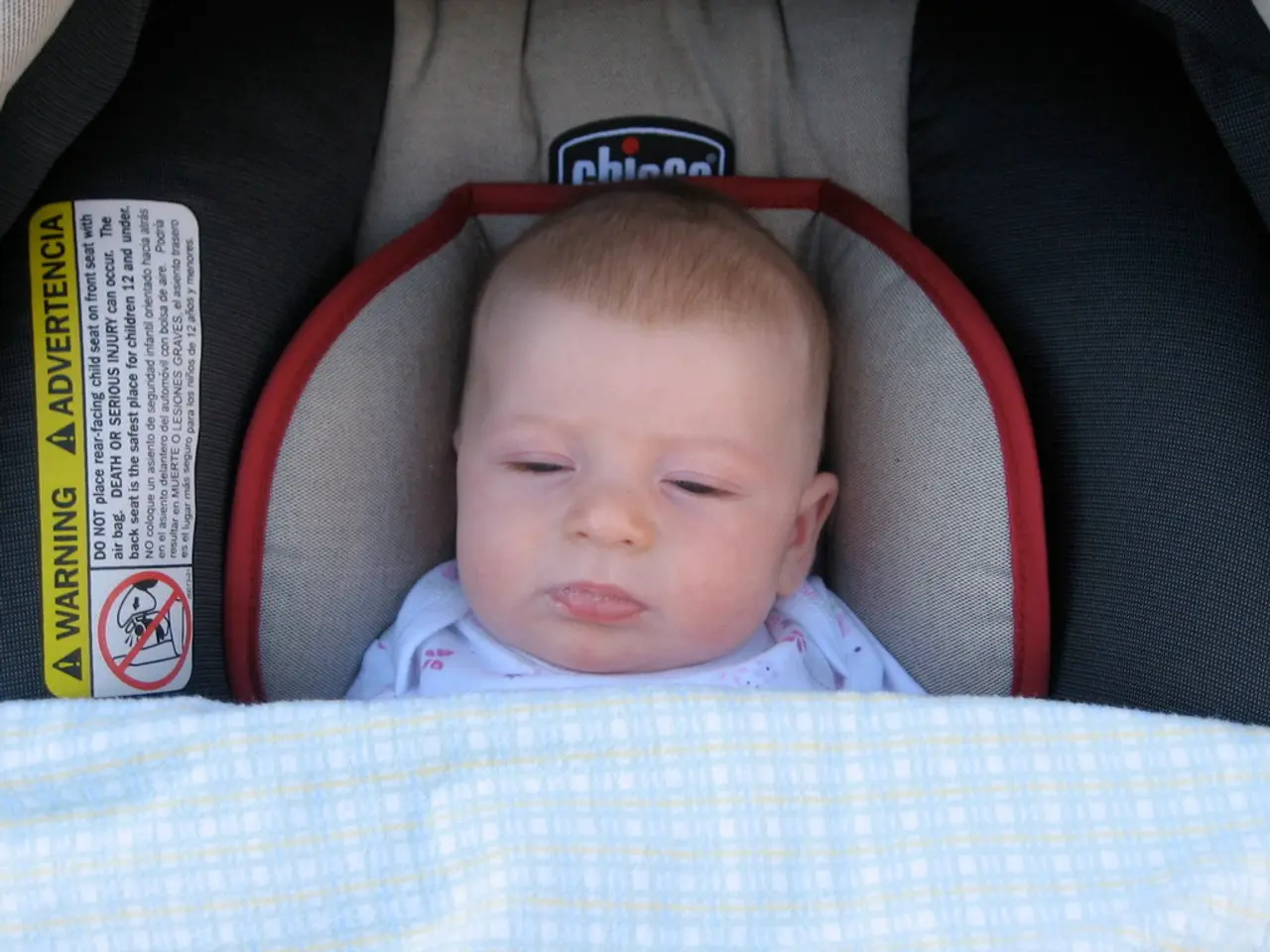Understanding Birth Injuries: Essential Information for Parents
Newborns can face various challenges due to birth injuries that may impact their motor skills and development. This article provides an overview of common birth injuries, key signs to watch for, and management strategies to help optimise the child's outcomes.
## Recognising Common Birth Injuries
Several birth injuries can affect a newborn's motor abilities and overall development. These include Erb's Palsy (Brachial Plexus Injury), Cerebral Palsy, Hypoxic-Ischemic Encephalopathy (HIE), Periventricular Leukomalacia (PVL), and Skull Fractures.
Erb's Palsy, characterised by limited arm movement, weak muscle tone, and poor reflexes, can lead to permanent disability if not diagnosed and managed promptly. Cerebral Palsy, caused by brain damage before, during, or after birth, leads to difficulties with muscle control, balance, and posture. Early signs include stiffness or floppiness in limbs, delayed physical milestones, and poor coordination.
HIE, resulting from oxygen deprivation to the brain, can cause poor breathing, limp muscles, seizures, and feeding difficulties. Long-term effects may include epilepsy or cerebral palsy. PVL, associated with white matter injury around the brain's ventricles, often seen in premature infants, may cause symptoms such as poor muscle tone, coordination issues, and delayed motor development. Skull Fractures can lead to developmental or neurological issues if not managed properly.
## Key Signs and Symptoms
Parents and caregivers should watch for the following signs, especially in the first months of life: abnormal muscle tone, limited or no movement in limbs, poor reflexes or weakness, delayed motor milestones, seizures, feeding problems, excessive irritability or consolability, vision or hearing problems, and other neurological symptoms.
## Management and Next Steps
In case any of these symptoms are noticed, it is crucial to seek immediate medical evaluation for diagnosis and intervention. Early intervention programs such as physical therapy, occupational therapy, and speech therapy can help improve motor and developmental outcomes. Regular follow-ups with a pediatrician or neurologist are essential to monitor progress and detect new issues.
Parental support and education are also crucial for ongoing management. Educating parents on signs to watch for and available resources is vital. In cases where medical negligence may have contributed to the injury, consulting a birth injury lawyer can help families understand their options.
## Summary Table
| Injury/Disorder | Key Motor/Developmental Signs | Management Approach | |------------------------|-----------------------------------------|------------------------------------| | Erb’s Palsy | Weak arm, poor reflexes, limited motion | Physical therapy, possible surgery[1] | | Cerebral Palsy | Poor muscle control, delayed milestones | Multidisciplinary therapy[1][5] | | HIE | Seizures, limpness, feeding issues | Immediate medical care, therapy[1][3] | | PVL | Poor tone, coordination problems | Physical/occupational therapy[4] | | Skull Fractures | Swelling, bruising, neurological issues | Medical monitoring, possible surgery[1] |
Early recognition and intervention are essential for optimising motor skills and developmental outcomes in newborns affected by birth injuries. Children with cerebral palsy can have unique personalities that shine through, and a fulfilling life is possible despite the challenges they may face.
- Understanding the impact of birth injuries on a newborn's health and wellness, this article highlights common neurological disorders such as Erb's Palsy, Cerebral Palsy, Hypoxic-Ischemic Encephalopathy (HIE), Periventricular Leukomalacia (PVL), and Skull Fractures, which can affect family health and mental health.
- In addressing the key signs and symptoms of these birth injuries, parents and caregivers should be aware of abnormal muscle tone, limited or no movement in limbs, poor reflexes or weakness, delayed motor milestones, seizures, feeding problems, excessive irritability or consolability, vision or hearing problems, and other neurological symptoms in their newborns.
- To ensure the best outcomes for affected newborns, early intervention programs like physical therapy, occupational therapy, and speech therapy are crucial, along with regular medical follow-ups and ongoing parental support and education. Additionally, families may want to consult a birth injury lawyer if medical negligence is suspected as a contributing factor to the injury.




